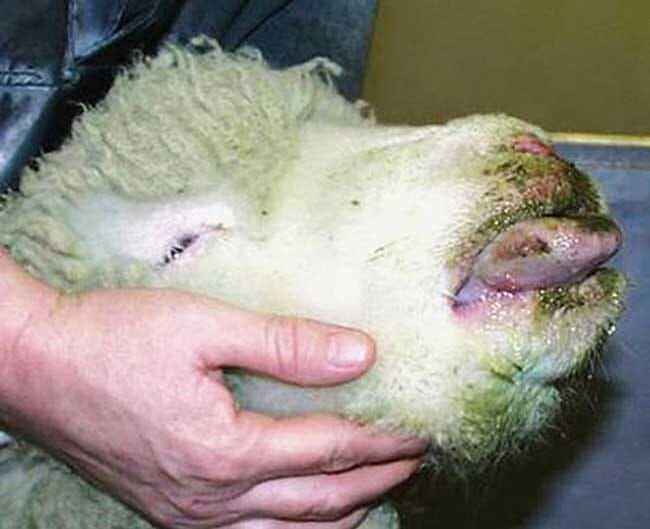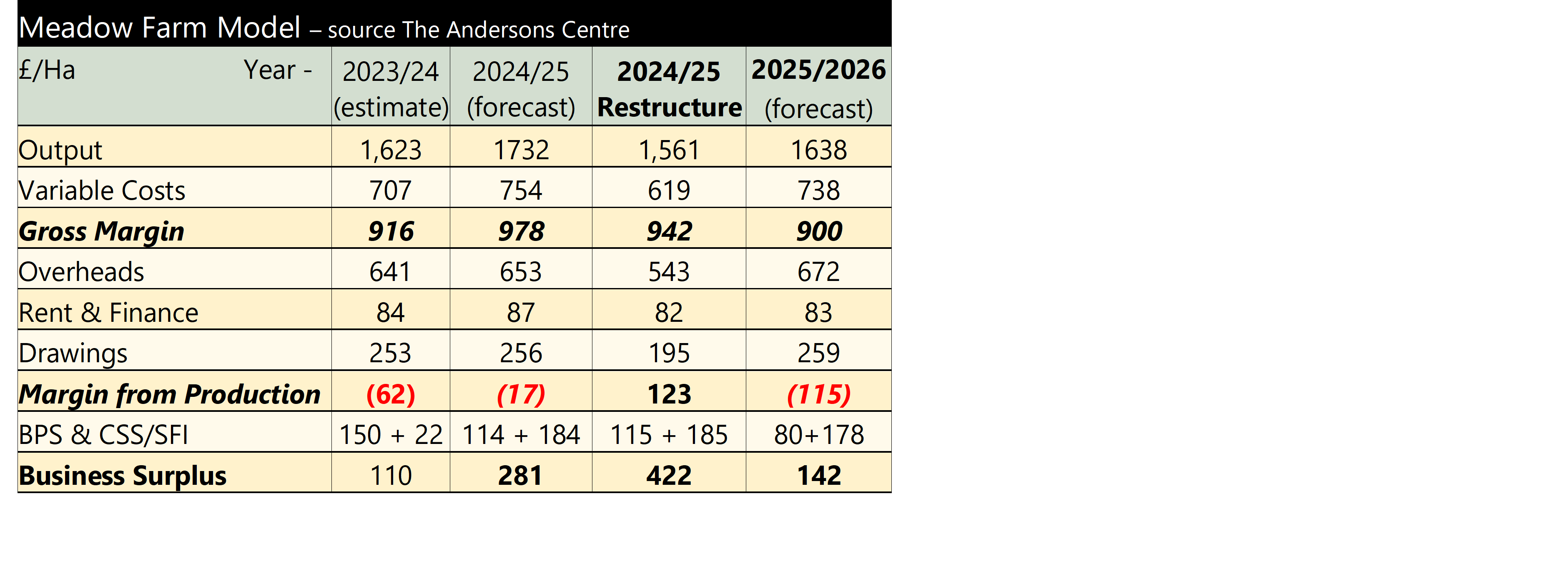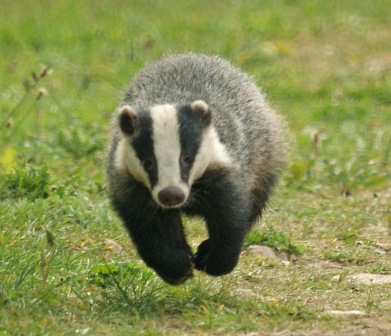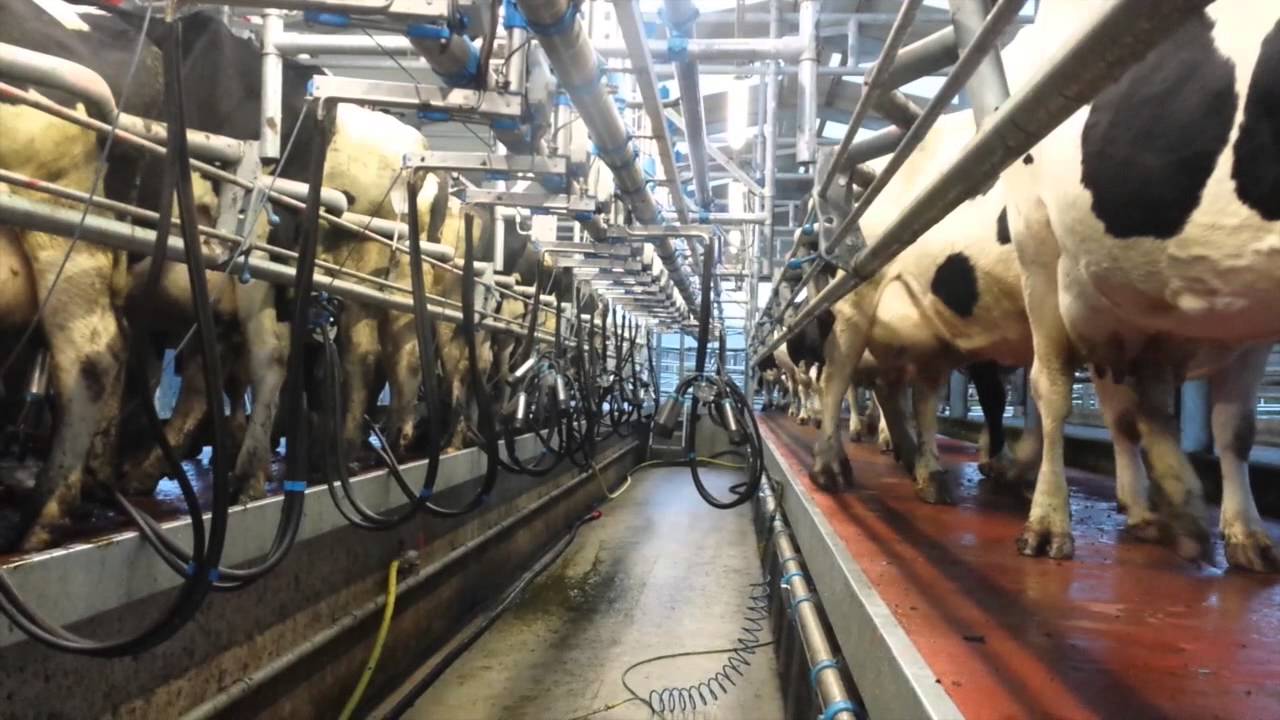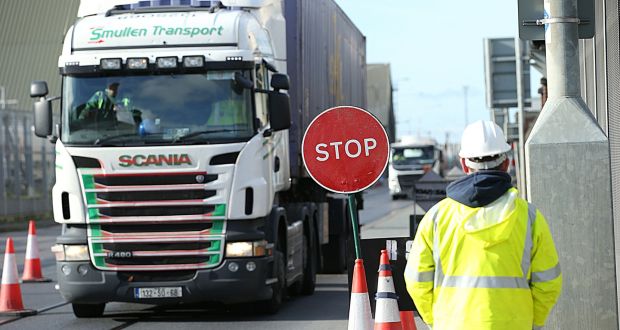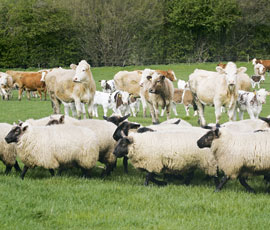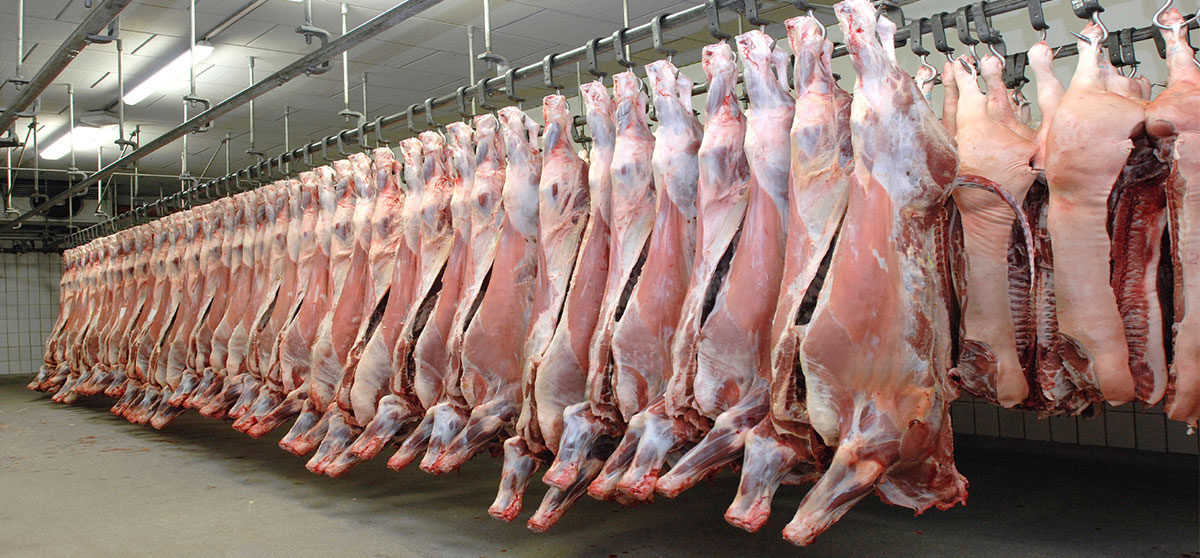Since the beginning of June, clean cattle prices have stabilised and are now back above year-earlier levels. In 2023 prices fell sharply over the summer months, which has not happened this year – helping the year-on-year comnparison. The latest deadweight All Steer price was 480.9p per kg for the week ending 20th July; some 13.2p per kg above the same week in 2023. This is despite increased cattle slaughter numbers and import levels. But prices have been supported by good consumer demand and strong cattle values in Ireland and other European markets.
Furthermore, going into the second half of 2024, a reduction in supply, especially in the final quarter of the year, should help to maintain or even lift prices further. In the latest AHDB Market Outlook, prime cattle slaughter is forecast to rise by 1% in 2024 to 2.06m head. However, once slaughter levels so far this year have been accounted for and populations updated for the latest BCMS figures, cattle availability in the 4th quarter is expected to be lower than a year ago. In addition, prime cattle slaughter is forecast to be down a further 3% in 2025 to 1.99 million head. Cow slaughter for 2024 has been revised to 604,000 head, down 1% from 2023 and by a further 1% in 2025 as the breeding herd continues to contract.
Taking the above into account the AHDB is forecasting UK beef production to total 903,000 tonnes in 2024, up 0.3% compared to 2023. However for 2025, this is expected to decline by 2.6%, driven by the decline in the breeding herd.
In terms of the breeding numbers, the 1st December figures showed the UK dairy herd stood at 1.84 million, down 0.5% on the year, meanwhile the suckler herd declined by 4.4% to 1.33 million head. The total UK breeding herd was 2% down on the year; the steepest annual decline since 2009. Suckler cow margins have been under pressure for many years and a change in agricultural policy is making businesses assess their options. Strong beef prices are likely to incentivise culling. UK cow slaughter numbers were only down 0.3% in the 1st half of 2024, however BCMS data reveals there has been an increase in slaughter out of the beef herd. In addition to this, growth in heifer kill has actually been the main driver behind increased prime cattle throughputs. Whilst this means an increase in supply in the short-term, this will result in a fall in the number of females in the breeding herd going forward.
